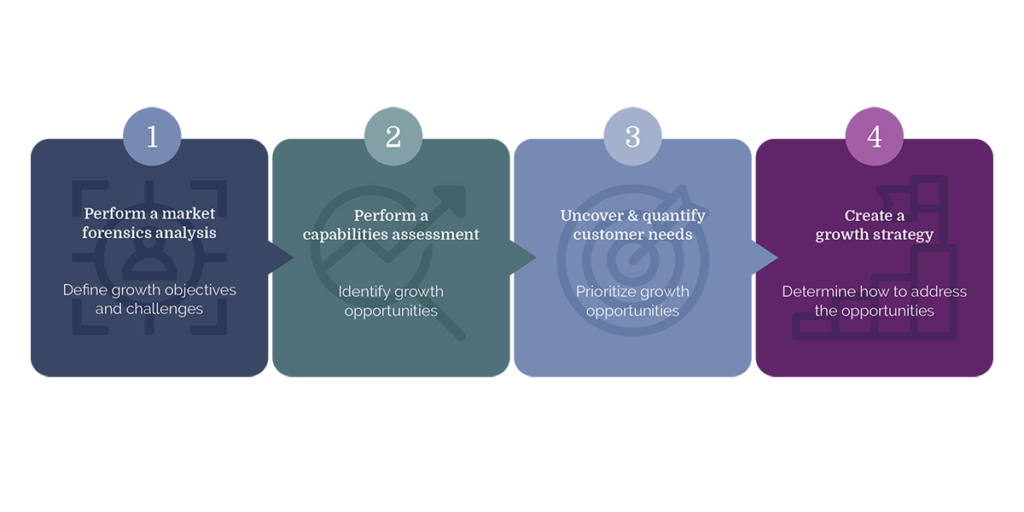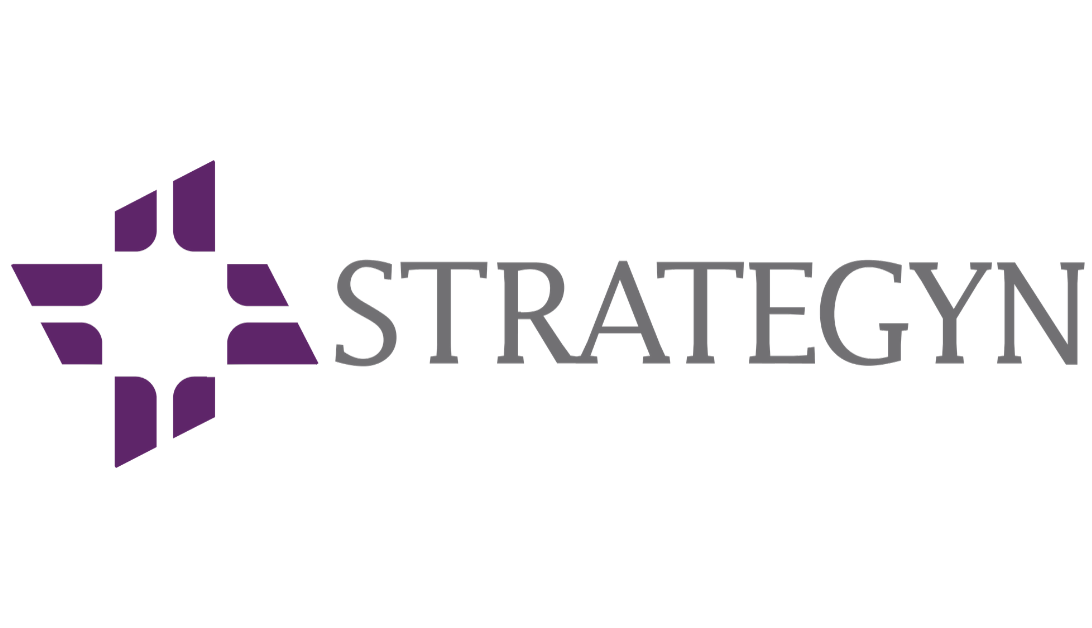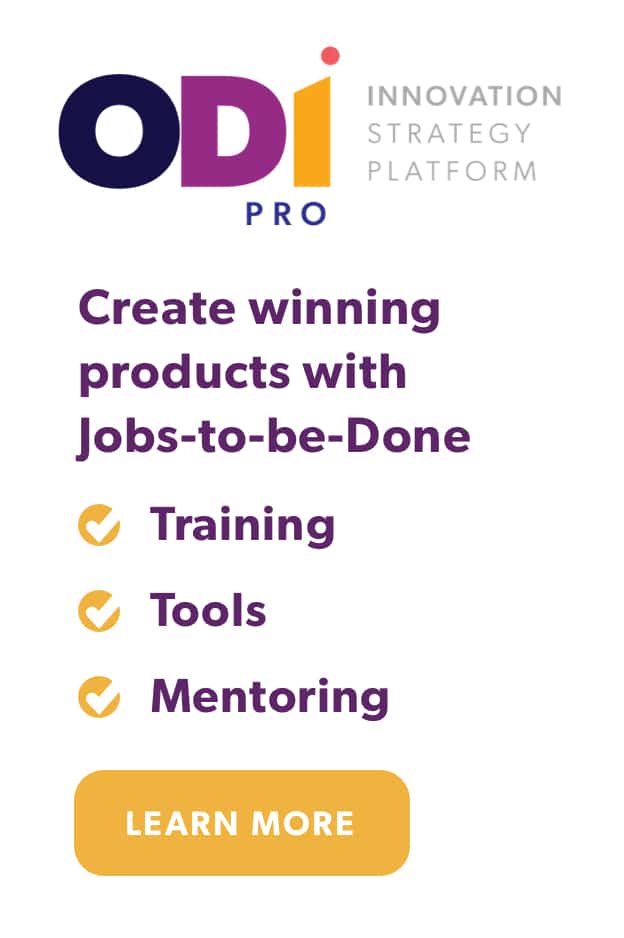Estimated reading time: 4 minutes
“To consult the statistician after an experiment is finished is often merely to ask him to conduct a post mortem examination. He can perhaps say what the experiment died of.” – Ronald Fisher
It often begins with the annual budgeting process.
Multiple business units congregate during this financial Mardi Gras to “realistically” project their performance over the next 1-3 years. The grand marshall instructs each participant to provide their financial projections—and pragmatic assumptions and criteria that provide the foundation for these financial projections.
Only to be told by the end of the party that their revenue numbers need to increase to meet predetermined growth projections and market expectations, while costs need to decrease in kind. Why? Because senior executives have already made financial promises to their stakeholders.
Backward financial growth engineering processes. Good times.
Unfortunately, this problem is fairly prevalent. Accenture recently revealed:
- 72% of executives do not have a data and analytics strategy
- 84% do not have an effective data foundation
- 67% do not trust their data
- Companies that use legacy processes lead to faulty decision making
It’s no wonder why the failure rate of meeting organizational growth targets are so high.
The good news is that there is a better approach to find the right innovation opportunities and more accurately project growth—and it’s all about data organization, evaluation and processes to implement it.
Let’s do a quick post mortem by reviewing Acme Corp, a real Fortune 1000 organization, who implemented a backward growth engineering process. This company used the wrong data and processes—and failed miserably to meet its organic growth objectives. Then I will cover what steps organizations can take to avoid the same demise in a series of articles.
Acme Corp case study
Acme Corp, tasked one of their divisions with double-digit organic (non-acquisitive) revenue growth, hefty profit margins, and optimistic future CAGR expectations. Acme Corp hired a prestigious consulting firm to help them identify markets for growth to reach their lofty financial goals. Many of the markets this firm identified had huge potential in the billions of dollars and had enough runway to provide Acme Corp with years of bountiful returns. But ultimately, the employees who were left holding the bag had to figure out how they were going to meet these expectations.
So, our team went to work and began to analyze each of these markets. What we quickly found was:
- Financial targets were predefined and assumed that current capabilities could meet them.
- The size of the market opportunities and growth rates were unrealistic.
- The data used to identify each market opportunity was incorrect and the underlying assumptions were defective.
- The capabilities of Acme Corp’s products and services within each market opportunity were not properly evaluated and would not deliver the growth promised to shareholders.
Acme Corp post mortem
The majority of Acme Corp’s existing products and services were in addressable markets that were too small to deliver upon growth expectations, already had a significant share, and did not possess the capabilities or resources to expand into adjacent markets. Not exactly a great recipe for growth.
Acme Corp incorrectly predetermined that their growth objectives could have been met through organic means with existing products and services. In addition, the markets the company and the consulting firm analyzed were done based on a solutions perspective (e.g., hypothetical examples include the size of the credit score market or the customer lead list market), not from the customer’s perspective, nor by the current capabilities Acme Corp could deliver. Other companies that have made this mistake include Kodak (thought of themselves as a film company- one of a series of mistakes), and Blockbuster (a videotape rental company). These unsound inputs and processes led to immaterial organic growth, cost-cutting, and a series of acquisitions to meet shareholder expectations.
Instead of defining markets based on a solution, our team went back to the drawing board and determined that a well-defined market should represent what the customer is trying to accomplish. Hypothetical examples:
- A consumer who is trying to evaluate his/her financial credit standing (job)
- A marketing manager who is trying to acquire a new customer (job)
By looking at markets through this lens, we confirmed that these were multi-billion dollar markets. However, Acme Corp’s products only addressed a portion of the overall job of acquiring new customers in these markets, and thus the addressable market opportunities were not as big as originally estimated. But by reverse-engineering the current product portfolio into jobs each customer is trying to accomplish, sizing each of those markets, and estimating each market’s addressable growth potential provides a solid framework from which to build upon.
4 steps to discover and sustain a market leading position

To increase your chances of success—and avoid following in the footsteps of Acme Corp— your organization needs to perform 4 steps.
- Define growth objectives and challenges
- Identify addressable growth opportunities
- Prioritize the growth opportunities
- Develop a strategy to meet the growth opportunities
In my next series of articles I will go into detail on each step and help you resurrect your innovation efforts.





